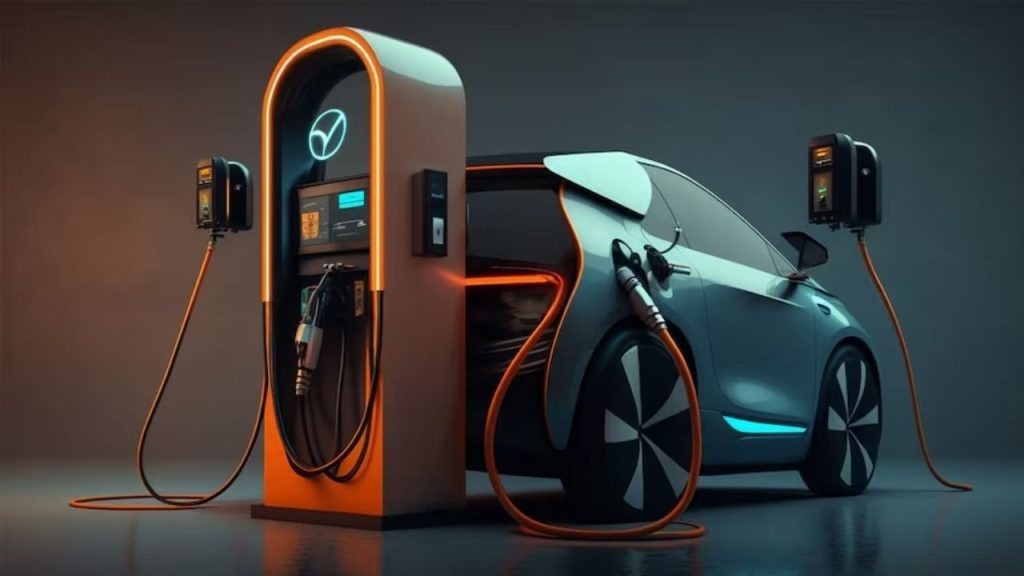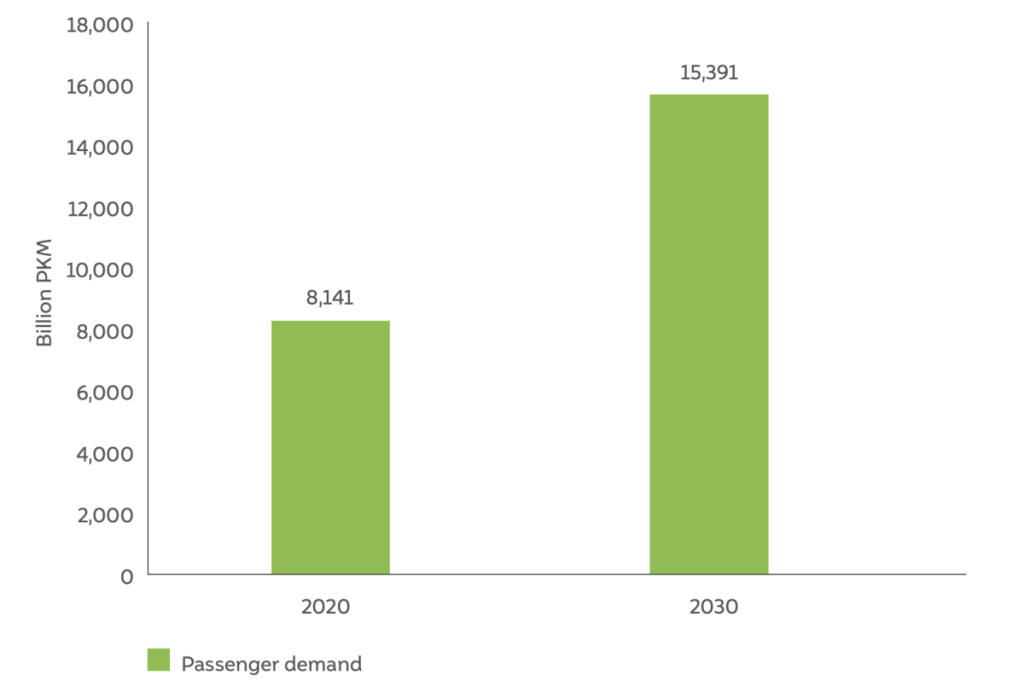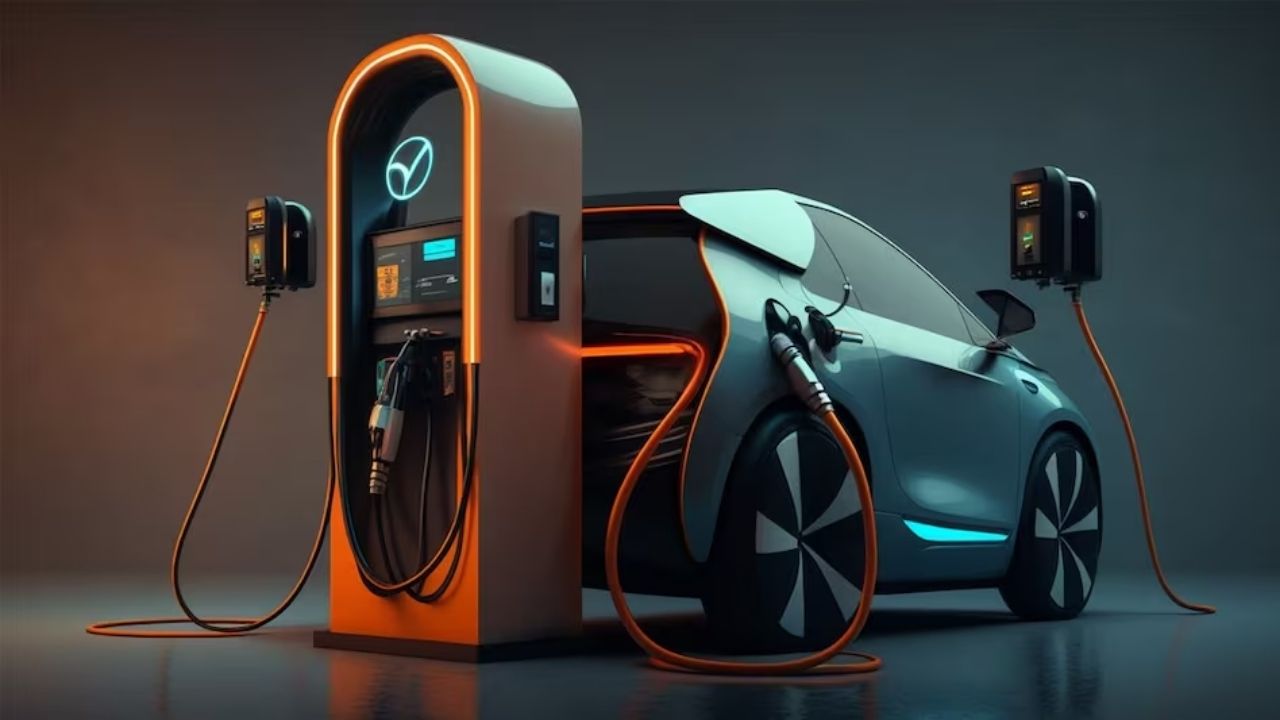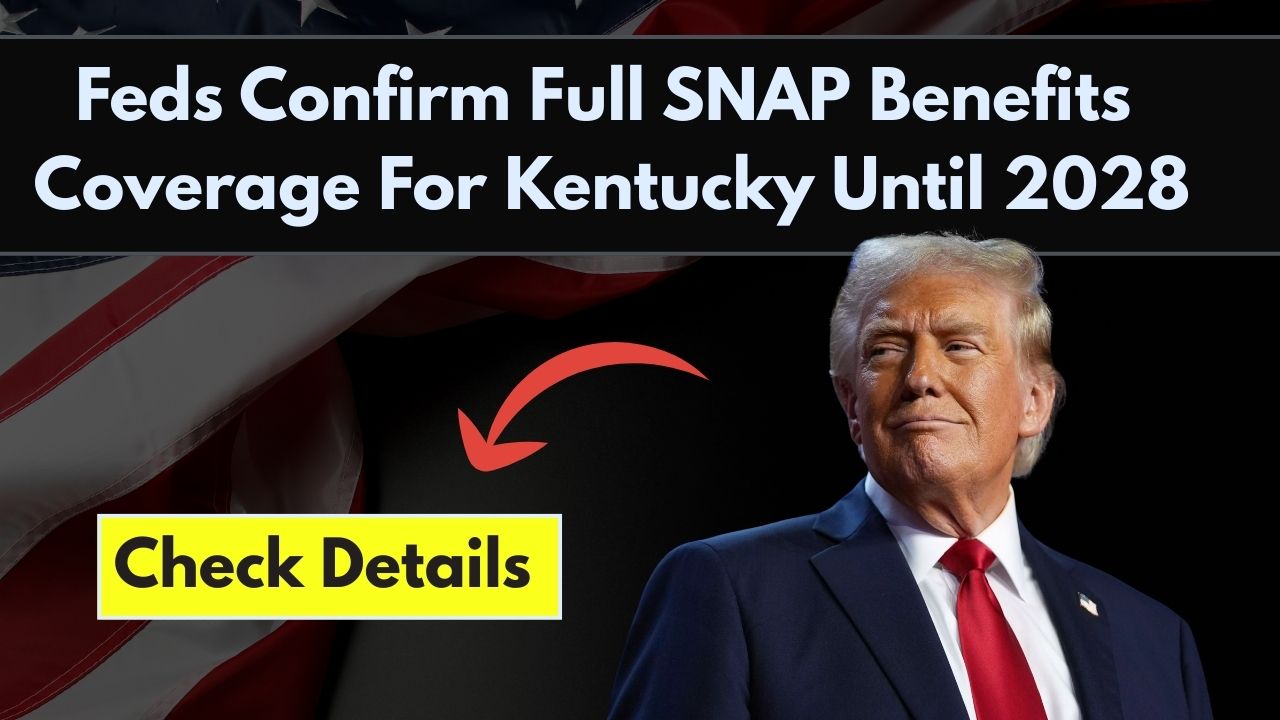The government of the eastern Indian state of Odisha on Tuesday announced its new Odisha EV Policy 2025, a comprehensive five-year plan designed to accelerate the adoption of electric vehicles. The policy introduces significant financial incentives for consumers, manufacturers, and charging infrastructure developers, aiming to establish the state as a hub for electric vehicle incentives and sustainable transport.

Odisha EV Policy 2025
| Category | Key Incentive/Target | Details |
| Manufacturing | Up to ₹20 lakh ($24,000 USD) | Capital investment subsidy for micro, small, and medium enterprises (MSMEs) in the EV sector. Official Policy Document |
| Consumer Subsidy | 15% Purchase Subsidy | On two-wheelers (up to ₹5,000), three-wheelers (up to ₹12,000), and four-wheelers (up to ₹1,00,000). |
| Tax Waivers | 100% Exemption | Full waiver on road tax and registration fees for all electric vehicles purchased during the policy period. |
| Charging Network | 500 New Stations | Target to establish at least 500 public EV charging stations across the state by the end of 2027. Ministry of Energy, Odisha |
Driving Adoption with Substantial Financial Incentives
The cornerstone of the Odisha EV Policy 2025 is a multi-pronged financial support system aimed at making electric vehicles more accessible and attractive to the public and businesses alike.
For Consumers
According to the policy document released by the State Transport Department, individual buyers of electric vehicles will receive direct subsidies. For electric two-wheelers, the government will provide a 15% subsidy on the base price, capped at ₹5,000 ($60 USD). The subsidy for electric three-wheelers is set at 15%, with a maximum of ₹12,000 ($145 USD), while buyers of four-wheelers can receive a subsidy of up to ₹1,00,000 ($1,200 USD).
In addition to these direct benefits, the policy mandates a 100% exemption on road tax and registration fees for all-electric vehicles sold in Odisha for the next five years. “Our goal is to remove the initial cost barrier that prevents many from switching to electric,” said Mr. Tuhin Kant Pandey, Principal Secretary of the Commerce & Transport Department, during a press briefing. “These measures will significantly lower the on-road price of EVs.”
For Manufacturers
To position Odisha as a competitive manufacturing destination, the policy includes robust incentives for companies producing EVs and their components, such as advanced batteries. The most significant of these is a capital investment subsidy of up to ₹20 lakh for MSMEs. Larger manufacturing units will also be eligible for various benefits, including reimbursement of state taxes (SGST) and exemptions on electricity duties, according to a statement from the Industrial Promotion and Investment Corporation of Odisha (IPICOL).

Building a Robust EV Charging Infrastructure
A key challenge to EV adoption in India has been the lack of widespread and reliable charging facilities. The Odisha EV Policy 2025 directly addresses this by outlining an ambitious plan for EV charging infrastructure.
The government aims to facilitate the installation of 500 new public charging stations across the state by the end of 2027, with a focus on highways, urban centers, and government offices. To encourage private investment, the policy offers a capital subsidy of up to 25% on the cost of equipment and machinery for the first 200 charging stations.
“A visible and accessible charging network is crucial for building consumer confidence,” said Dr. Anjali Verma, an energy policy analyst at the New Delhi-based Centre for Science and Environment. “Odisha’s focus on subsidizing the infrastructure itself, rather than just the vehicles, is a practical approach that could accelerate the entire ecosystem.”
Context and Comparison: Odisha’s Place in India’s EV Transition
Odisha’s new policy aligns with the national government’s broader vision of promoting sustainable transport Odisha and reducing the country’s carbon footprint and oil import dependency. It complements federal schemes like the Faster Adoption and Manufacturing of Electric Vehicles (FAME) II.
While several other Indian states have their own EV policies, Odisha’s focus on attracting MSME manufacturing with specific, high-value capital subsidies sets it apart. States like Delhi and Gujarat have been noted for their demand-side incentives, while Maharashtra has focused on supply-chain development. Odisha’s policy appears to be a hybrid model, balancing both demand and supply-side stimuli.
The success of the policy will depend on its implementation and the ability of the state’s power grid to handle the increased load from a large EV fleet. Officials stated that the energy department is already working on a roadmap for grid augmentation and promoting the use of renewable energy for charging stations to ensure the transition is truly green.
The policy is set to be in effect for five years, with a provision for review and modifications based on market response and technological advancements. The government’s stated goal is to have electric vehicles constitute at least 25% of all new vehicle registrations in the state by 2030.
Goodbye EVs? Honda Slashes Electric Vehicle Investment and Pivots $48 Billion to Emerging Tech
600 Electric Buses Coming to Odisha! Minister Reveals Bold Plan to Revolutionize Travel
E-Bus Boom in Odisha: Now 5th in India with an Ambitious Goal of 1,000 Electric Buses!
FAQs
1. What are the main goals of the Odisha EV Policy 2025?
The policy aims to accelerate the adoption of electric vehicles, create a robust EV manufacturing ecosystem in the state, develop a widespread network of charging stations, and reduce vehicular pollution.
2. Who is eligible for the consumer subsidies?
Any individual purchasing a new electric two-wheeler, three-wheeler, or four-wheeler registered in Odisha during the policy period is eligible for the specified subsidies and tax waivers, subject to terms and conditions outlined by the Transport Department.
3. What incentives are available for setting up a charging station in Odisha?
The policy offers a capital subsidy covering up to 25% of the cost of equipment and machinery for the first 200 public charging stations set up by private entities. There are also provisions for subsidized electricity tariffs for these stations.





